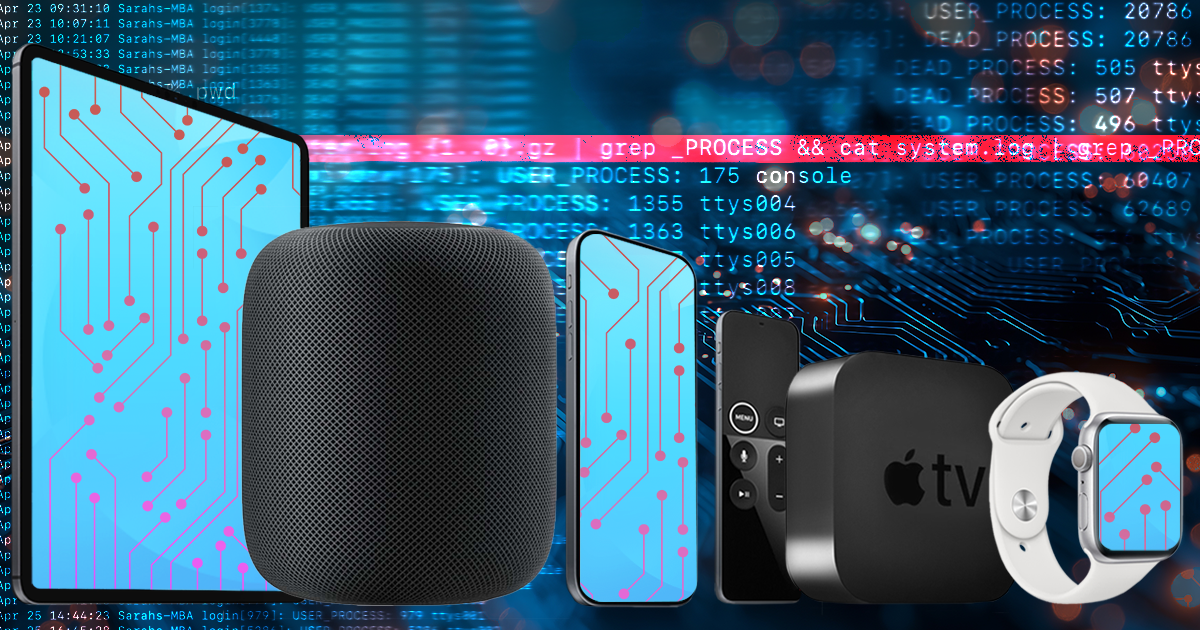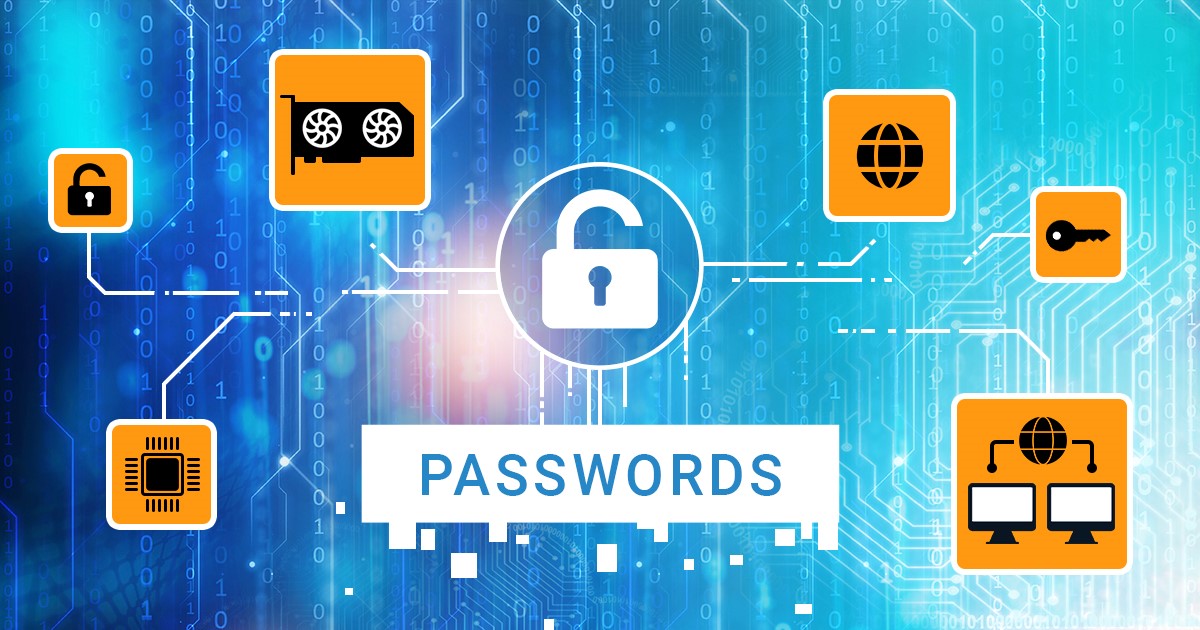In June 2025, headlines shouted that 16 billion passwords had leaked. Major outlets warned that credentials for Apple, Google, and other platforms were now exposed. As expected, this triggered a wave of public anxiety and standard advice: change your passwords immediately. Upon closer examination, however, technical sources clarified the situation. This was not a new breach, nor did it expose fresh credentials. The dataset was an aggregation of previously leaked databases, malware logs from infostealers, junk records and millions of duplicate entries. Essentially, it was old material, repackaged and redistributed under a sensational label. For digital forensics teams, however, the question remains open: could this kind of dataset be useful in real-world password recovery? In this article, we will explore if massive password leaks have practical value in the lab.
Just a week ago, we published an article about NVIDIA’s new generation of Blackwell-based graphics cards. Despite a noticeable price hike, performance gains in this generation are minimal, with one notable exception: the flagship GeForce RTX 5090 significantly outperforms its predecessor in all key aspects. However, this GPU has also revealed a potential issue that could make its use in workstations running 24/7 problematic and potentially unsafe.
In the latest update of Elcomsoft Distributed Password Recovery (EDPR), we’ve introduced a revamped load-balancing feature. The new feature aims to enhance resource utilization on local workstations across diverse hardware configurations. This update has drastically reduced the time required to break passwords in certain hardware configurations, thanks to a refined load distribution algorithm. In this article, we’ll share some technical details on how load balancing leverages a mix of GPUs and CPU cores.
Our blog features numerous articles on breaking passwords and accessing encrypted data, ranging from simple “how-to” guides to comprehensive manuals. However, many of the questions we are frequently asked are not about the technical stuff but rather the very basics of password recovery. Can you break that password? Is it legal? How much time do you think it will take to break this one? We do have the answers, but they require digging through the extensive content of our blog. To address this, we’ve created a comprehensive A to Z article that not only answers many common questions but also links to our previous posts.
In the latest update, Elcomsoft Distributed Password Recovery introduced a new feature that allows managing the available computational resources. The new resource management capability allows administrators to manage and distribute the available computational resources across multiple jobs. The feature enables users to tap into a pool of available resources by requesting a certain number of recovery agents. The reserved recovery agents will be allocated, allowing multiple jobs to run separately at the same time.
With the launch of the Super update of 40-Series NVIDIA GPUs, the company’s product lineup has become quite complex. In the 4070 series alone, four models of the NVIDIA GeForce RTX are available: the original 4070, 4070 Ti, and now also 4070 Super, and 4070 Ti Super. Understanding the differences between these cards and learning which models offer the best price/performance ratio in password recovery jobs are crucial considerations for IT professionals.
In the world of digital forensics, there are various ways to analyze computer systems. You might be familiar live system analysis or investigating forensic disk images, but there’s yet another method called cold system analysis. Unlike live analysis where experts deal with active user sessions, cold system analysis works differently. It’s like a middle ground between live analysis and examining saved images of a computer’s storage. But why and when would someone use cold analysis? What can you do with it, and how does it compare to the usual methods?
Have you ever tried to unlock a password but couldn’t succeed? This happens when the password is really strong and designed to be hard to break quickly. In this article, we’ll explain why this can be a tough challenge and what you can do about it.
In the realm of password recovery, benchmarking the speed of attacks holds significant importance. It is a customary practice to gauge the speed of attacks on various data formats using diverse hardware configurations. These tests yield results that are visually represented through graphs clearly demonstrating the performance of our products. However, these graphical representations merely scratch the surface of a much broader scope. Today, we delve deeper into the objectives and methodologies behind our password cracking speed tests.
Every three years, NVIDIA releases a new architecture used in their GeForce series graphics cards. Powered by Ada Lovelace, the new generation of GPUs delivers 80% better performance in password recovery compared to Ampere. While the new generation of NVIDIA graphics is faster and more efficient than Ampere, it also received a price hike. Is the update worth it for the forensic experts? Let’s try to find out.


